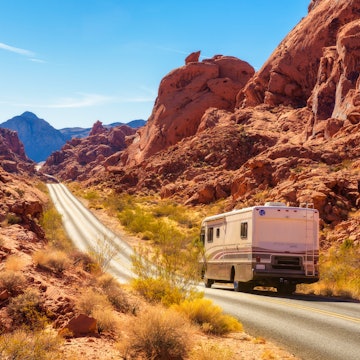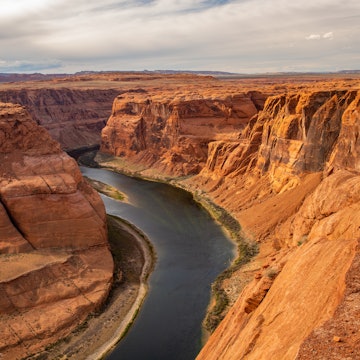

Get to know Tucson, the only UNESCO Creative City of Gastronomy in the US, with a visit to its Mission Garden © Bailey Freeman / Lonely Planet
A humble city that prides itself on its quirks, Tucson doesn’t first appear to be a place of global gastronomic notoriety.
But a closer look reveals that Arizona's second-largest city just may be one of the most important food destinations you’ll ever visit. Tucson is a UNESCO Creative City of Gastronomy – the first in the US – thanks to its abundance of “heritage crops” that have sustained locals since time immemorial (more on this later) and its essentially Tucsonan flavors that have been shaped by people from around.
And there’s no place that will help you understand the soul of this town better than the Mission Garden, a living agricultural museum highlighting the bounty of the Sonoran Desert, the introduced crops that thrived here, and the culture these plants helped create.
This space is perhaps one of the most mindfully curated museums I’ve ever visited, and it’s more than just a lovely place for a stroll – this is a working garden that provides food to Indigenous elders, local chefs and Tucson charities, and it’s an outdoor classroom for those with a desire to cultivate their own relationship with the Sonoran Desert.

Tucson’s Indigenous history
The Mission Garden is located in an area known as Cuk Ṣon, the Indigenous O'odham land from which the city of Tucson eventually emerged – when you step through its gates, you are entering sacred territory.
A large section of the garden is dedicated to the foods that have remained central to local Indigenous culture for thousands of years, and you can’t help but marvel as you wander the rows of towering corn stalks, spiky agave, striped squash and tiny-but-mighty tepary beans. How is it that all this grows in a desert? The answer: Tucson sits on an old floodplain with good soil, and the Indigenous people here have been meticulous in its care and preservation.
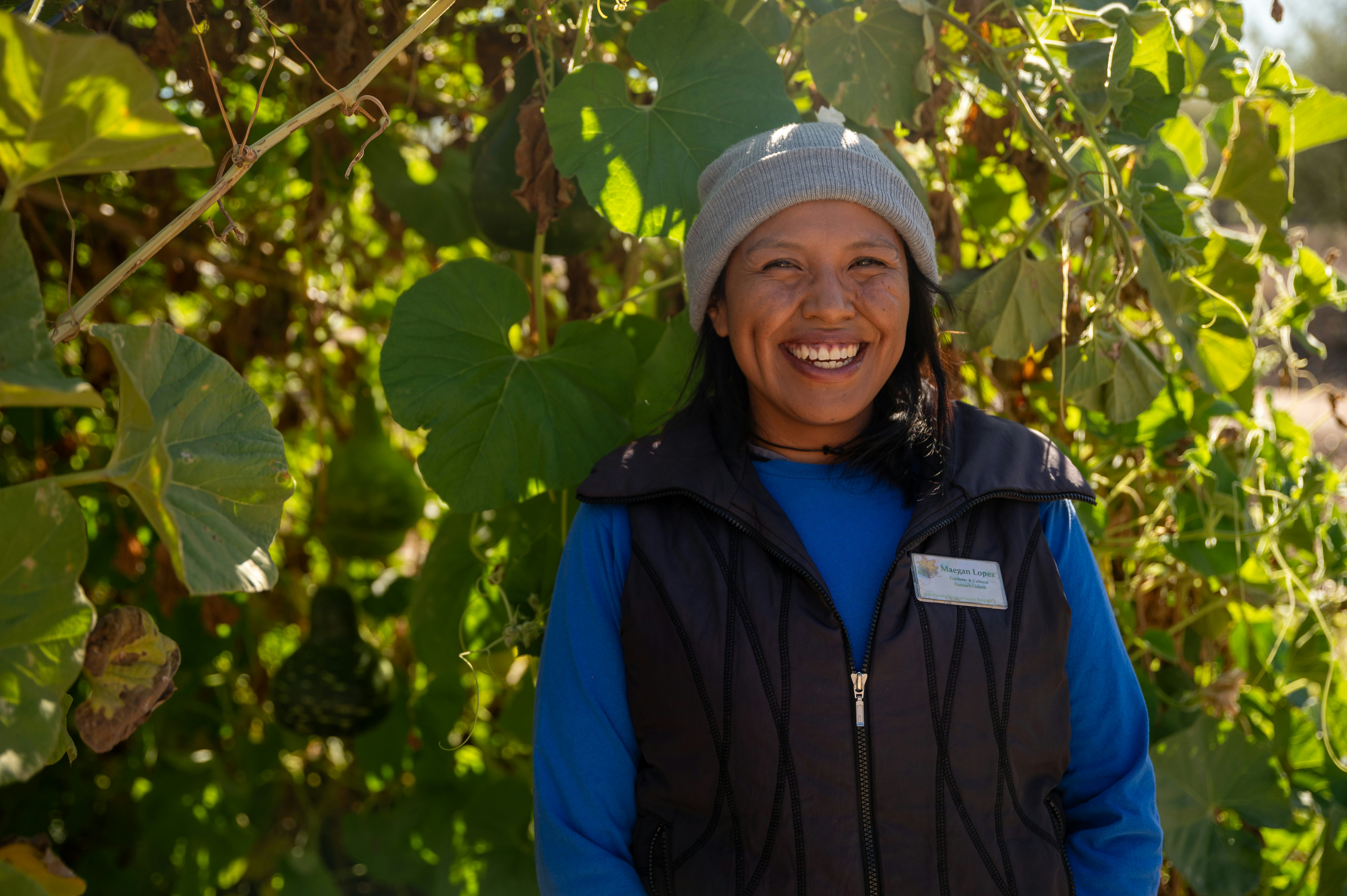
Cultural Outreach Liaison and Gardener, Meagan Lopez, a member of the Tohono O’odham Nation, emphasizes how important it is to keep these foodways alive, both for Indigenous people and for those who have come to Tucson.
“For the O’odham, I think it's really important to make these connections back again, because this is something that has been a part of our culture and our history for thousands of years, from the beginning of time.” she says. “It's important, for me anyway, to keep growing these foods and provide them to people who understand their value, who take the opportunity to taste it and share with others.”
And for Lopez, these plants do more than just nourish bodies – they’ve taught the O’odham important life lessons. Take agave for example, one of her favorite plants.
“It looks like something spiny and pointy. It looks very aggressive. But it's also very nutritious; it is very sweet,” says Lopez, smiling down at the sword-like leaves. “And it's a part of our story as desert dwellers. It teaches us how to be desert dwellers so we can reach our full potential, whether it's how much water we take in, choosing the best place to live, [or showing] how hearty we can be when we're faced with extreme temperatures.”
Garden visitors can share in the agave love themselves – learn how to plant it, roast it or process it as food at one of the garden's many workshops that highlight Indigenous food and preparation.
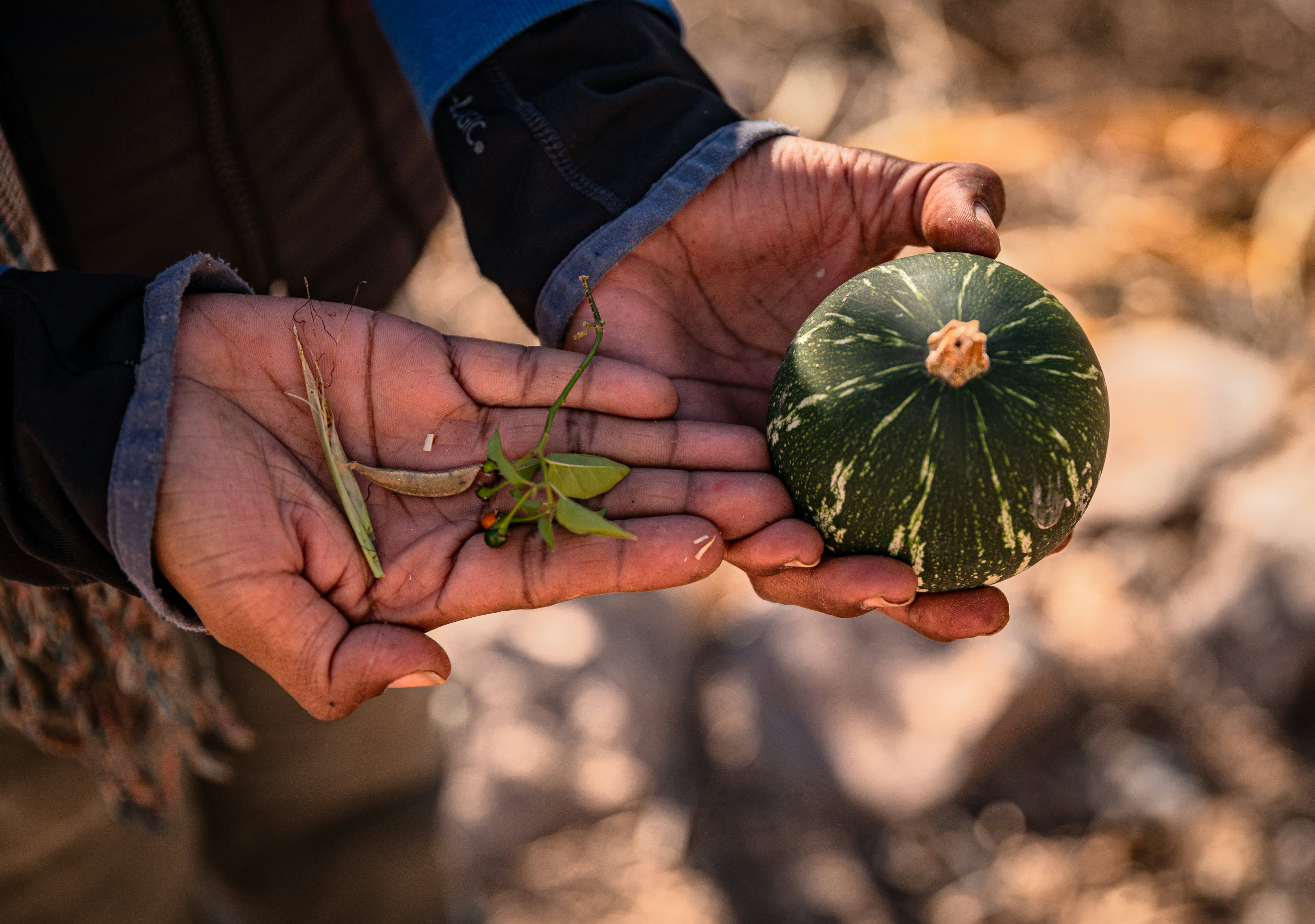
A global influence on the Old Pueblo
As essential as Indigenous tradition has been to the development of Tucson’s gastronomy, it hasn’t been the only influence. People from Europe, Africa, Mexico and China have brought their own distinct crops to this corner of the desert, and the combination of all these food types has created a cuisine of international importance.
The garden plots showcase that diversity: the Spanish colonial orchard contains a riot of lush fruit trees that do well in the desert winter (figs, pomegranates, Valencia oranges, grapefruits), while the Africa in the Americas section is a sprawling field of yams, basil, gourds, moringa trees and cowpeas. The Mexican plot highlights drought-tolerant crops like summer corn, winter wheat, chilis and cacti, and the Chinese garden harbors daikon, bitter melon, jujube trees and goji berries.
Each community played an important role in developing Tucson – Chinese residents, for example, helped kickstart a more diverse restaurant scene early on.
“By 1900, there were already Chinese restaurants in Tucson, foreshadowing this restaurant diversity and the city of gastronomy we’ve become today,” says Kendall Kroesen, the Mission Garden’s Outreach Coordinator. “And some of them became farmers in this floodplain in the late 1800s and early 1900s, growing crops that they could sell to Mexican- and Anglo-Americans in what is now downtown Tucson. They were some of the first commercial farmers here.”
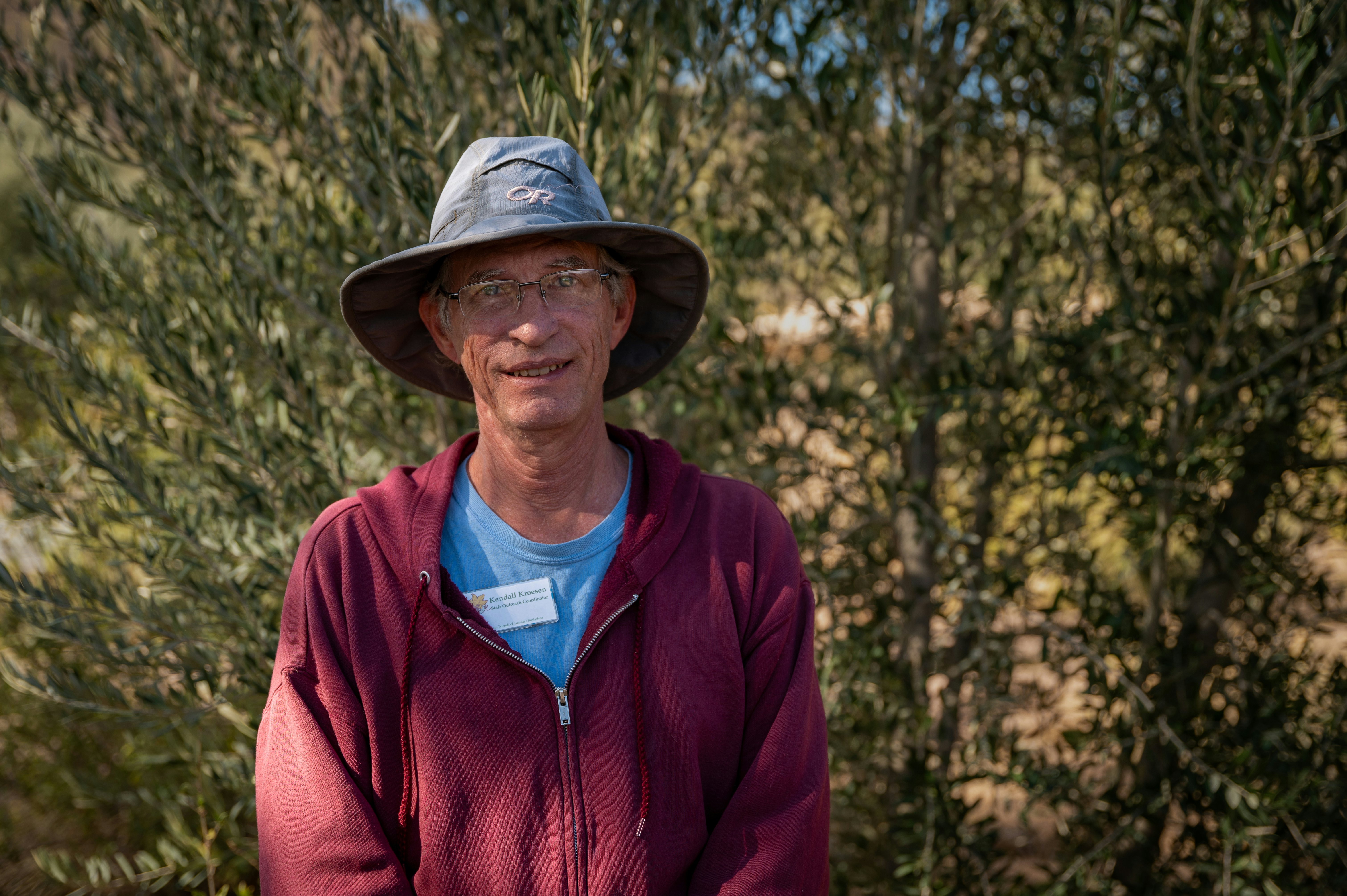
The Mission Garden and the era of climate change
While much of the garden’s design echoes the city’s history, it’s also forward-thinking. “If you don't know what happened in the past, you don't know what's possible for the future,” says Kroesen.
Tucson's UNESCO application highlighted the fact that its ecosystem and gastronomic traditions may be immensely valuable to other places as the world's weather patterns change, a philosophy that references the concept of climate analogs – algorithms that pair a City 1 with a City 2 that is currently experiencing weather conditions that City 1 may have in the future.
And the desert can be a volatile place: dry until a flash flood, extreme hot giving way to extreme cold. But the flora and fauna have adapted to these challenging conditions, and for Lopez, being in tune with these shifts is an essential part of moving forward in the era of climate change.
“The relationship with nature is overwhelming here in the desert,” she says. “You find new appreciation for sunlight and the warmth, even the cool and the cold. We can observe these different things so it's not so scary or cumbersome to think about how to adapt to what's changing in our environment. Things have always changed.”
How to visit the Mission Garden
Visiting the Mission Garden is as simple as showing up – entry is always free, and most of the classes and events won’t cost you a dime. You can book a tour with a docent (highly recommended), or wander the rows on your own.







